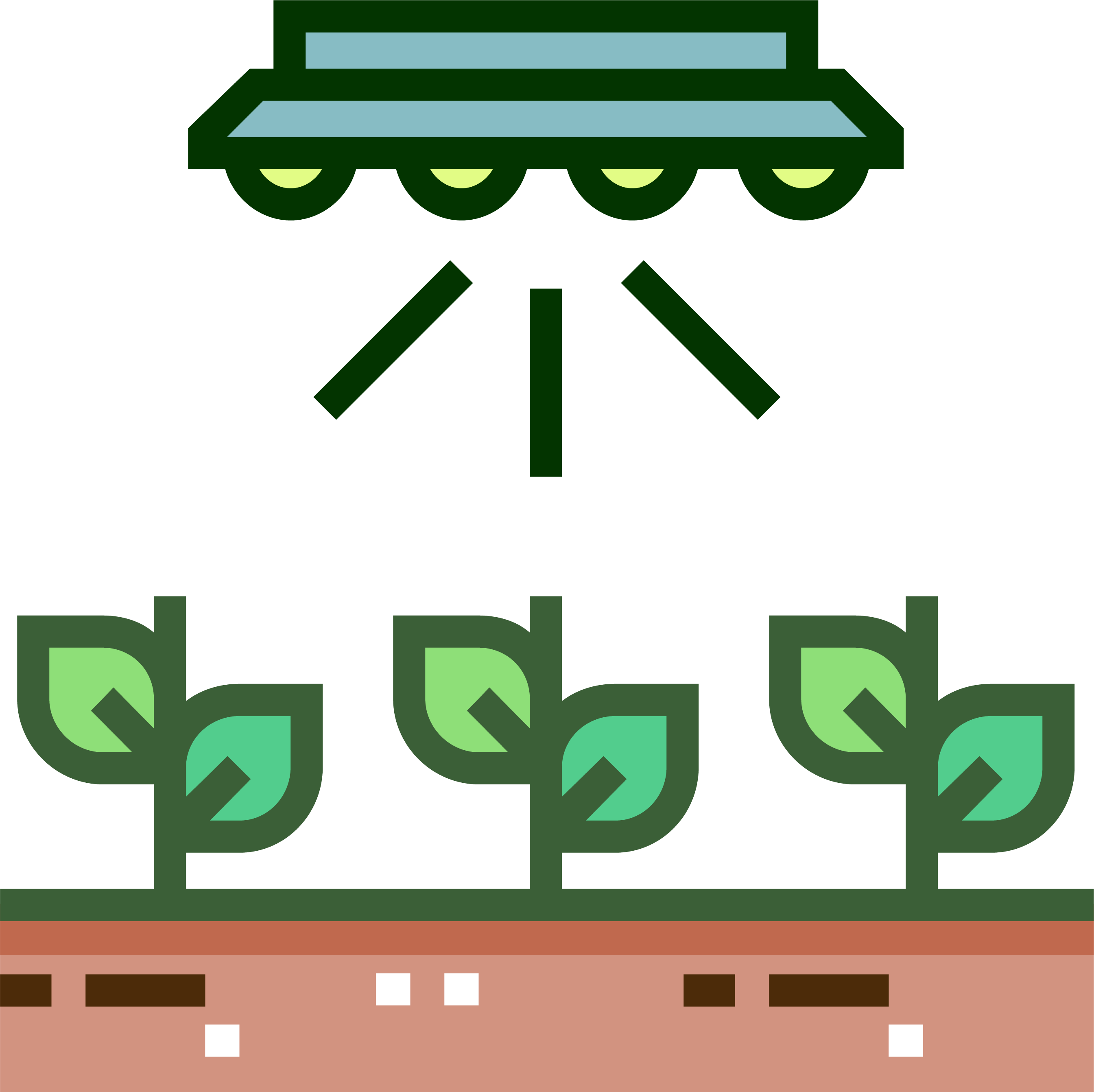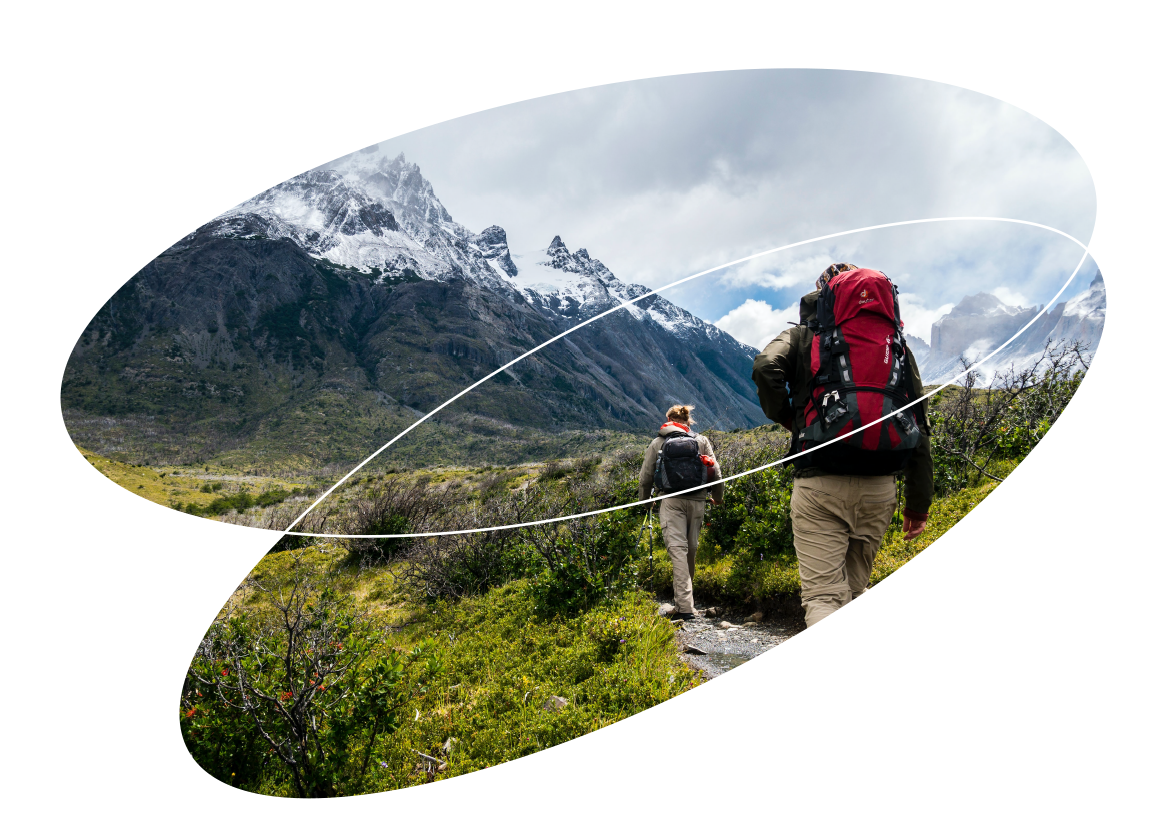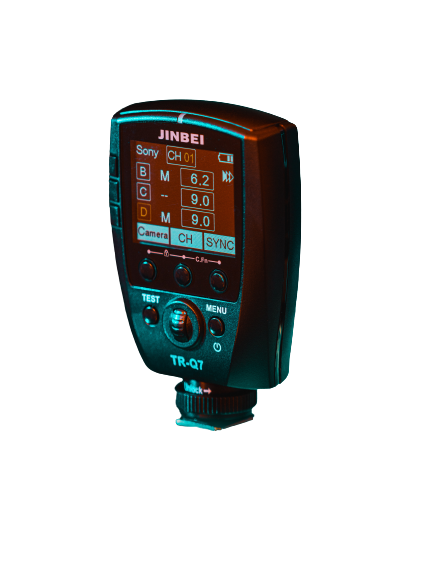Pollutants and Health Breakpoints
Hunger and food security are new era challenges that can be solved with IoT technology applied to agricultural crops.
How is human health affected by pollution?

Smart Environment is an idea which includes integration of sensors and computational devices to monitor the environmental conditions for pollution control.
Intelligent and Autonomous cars allow traffic to move at one speed with only a few meters between vehicles, reducing the fuel inefficiency by the speed and gear changes of human-operated vehicles.
IoT has been used to bring species back from the brink of extinction, with great success. Smart and connected homes can prevent unnecessary energy use.
Using smart sensors, farmers can reduce the amount of waste they produce and monitor their agricultural processes depending on weather, humidity, sunlight, and other external factors. A range of sensors measure air quality and warn users through apps on their smartphones when they are at dangerous levels or are likely to cause asthma.

Hunger and food security are new era challenges that can be solved with IoT technology applied to agricultural crops.
| Size of fields | Value of crops | What factor is usually more important to consider? | Sensors recommended | Examples |
|---|---|---|---|---|
| Large fields | Low yield crops per hectare | Micro-climate factors |
|
|
| Small or medium fields | High yield crops per hectare, fragile crops |
|
|
|
Smart Environment is a product which includes integration of sensors and computational devices to monitor the environmental conditions for pollution control.
This Air Quality detector monitors air quality in the environment using AQI (Air Quality Index) to control pollution in cities and industries.
View Plug&Sense! ModelTechnical GuideSensors available:

Please place your queries here.
Pick up your IoT Solution Kit ready-to-use from our IoT Marketplace to get started!
This month only, a 10% discount on all kits!